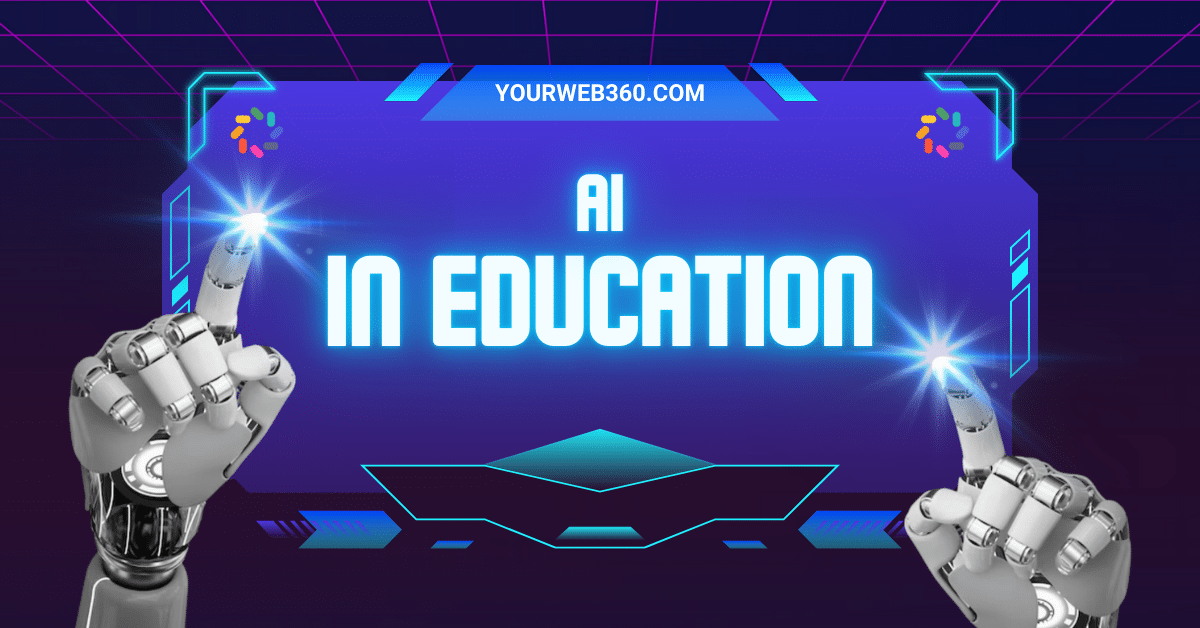AI in Education: How Brightwheel is Transforming School Communication

Introduction
In today’s rapidly evolving educational landscape, technology is becoming increasingly crucial in shaping the future of learning. One of the most transformative tools in this space is artificial intelligence (AI), which is revolutionizing various aspects of education, from personalized learning to administrative efficiency. Among the notable applications of AI in education is Brightwheel, a platform designed to streamline communication between schools, parents, and teachers. This blog post delves into how Brightwheel leverages AI to enhance school communication, making it more efficient, engaging, and impactful.
The Role of AI in Modern Education
Artificial intelligence has found its way into various facets of education, offering solutions that enhance learning experiences and streamline administrative tasks. AI-powered tools can personalize learning by adapting to each student’s pace and style, predict student outcomes based on data analytics, and even automate routine tasks, freeing up educators to focus on teaching. In the realm of communication, AI can facilitate more effective interactions between all stakeholders in the education ecosystem.
Understanding Brightwheel
Brightwheel is an all-in-one platform designed to simplify school management and improve communication between educators and parents. Initially developed to manage daily school activities, Brightwheel has evolved into a comprehensive tool that leverages AI to address various challenges in early childhood education and beyond. The platform offers features like attendance tracking, daily reports, photo sharing, and billing, all integrated into a user-friendly mobile app.
How AI Enhances Communication in Brightwheel
- Automated Messaging and Notifications: One of the standout features of Brightwheel is its AI-powered automated messaging system. Schools can send personalized messages and notifications to parents based on specific triggers, such as a child’s arrival or departure. This automation saves time for educators and ensures that parents are promptly informed about important updates. AI algorithms can analyze communication patterns to optimize the timing and frequency of messages, ensuring they are effective without being intrusive.
- Speech-to-Text and Natural Language Processing: Brightwheel utilizes AI-powered speech-to-text and natural language processing (NLP) technologies to facilitate more efficient communication. Educators can dictate notes and observations, which are then transcribed and shared with parents. This feature not only saves time but also ensures that communications are clear and accurately reflect the educator’s intent. NLP also allows the system to understand and categorize messages, making it easier for parents to access relevant information.
- Personalized Communication: AI algorithms in Brightwheel can analyze data on student behavior, performance, and engagement to tailor communication. For example, the platform can provide personalized updates to parents about their child’s progress, specific areas of strength, and areas needing improvement. This level of customization helps parents stay more engaged with their child’s education and provides educators with valuable insights to better support each student.
- Real-Time Updates and Alerts: In a busy school environment, real-time communication is crucial. Brightwheel’s AI capabilities allow for instant updates and alerts, ensuring that parents are immediately informed about emergencies, schedule changes, or other critical information. This feature enhances safety and builds trust between schools and families.
The Impact of AI-Powered Communication on Schools and Parents
The integration of AI in Brightwheel has significantly improved the quality and efficiency of communication in schools. Here’s how:
- Increased Engagement: AI-powered personalized communication keeps parents more engaged in their child’s education. When parents receive timely, relevant, and detailed updates, they are more likely to participate in school activities and support their child’s learning at home.
- Enhanced Efficiency: Automation of routine tasks, such as sending reminders and updates, allows educators to focus on more meaningful interactions with students and parents. This efficiency is particularly valuable in early childhood education settings, where teachers juggle numerous responsibilities.
- Better Decision-Making: The data analytics capabilities of AI provide educators and administrators with insights into student behavior, performance, and overall school operations. This information can inform decision-making, helping schools to identify areas for improvement and allocate resources more effectively.
- Improved Safety and Security: Real-time updates and alerts enhance the safety and security of students. Parents appreciate being informed immediately about any incidents or emergencies, and schools benefit from having a reliable communication system in place.
Challenges and Considerations
While the benefits of AI in education are numerous, it’s essential to consider potential challenges and ethical considerations. Privacy and data security are critical concerns, especially when dealing with sensitive information about children. Brightwheel, like other AI-powered platforms, must adhere to strict data protection regulations and ensure that all data is securely stored and handled.
Another consideration is the digital divide. Not all families may have access to the technology required to use platforms like Brightwheel. Schools must ensure that communication is inclusive and accessible to all parents, regardless of their technological capabilities.
Conclusion
Brightwheel exemplifies the transformative potential of AI in education, particularly in enhancing communication between schools, parents, and teachers. By leveraging AI-powered features such as automated messaging, personalized communication, and real-time updates, Brightwheel has made school communication more efficient, engaging, and effective. As technology continues to evolve, the integration of AI in education will likely expand, offering even more innovative solutions to improve the learning experience for students, educators, and parents alike.
As we look to the future, it is crucial for educational institutions to embrace these technological advancements while also addressing the challenges they may bring. By doing so, we can create a more connected, informed, and supportive educational environment for all.
This blog post provides an in-depth look at how Brightwheel is transforming school communication through the use of AI. By highlighting the platform’s features, benefits, and considerations, we’ve aimed to present a comprehensive overview of this innovative tool in the education sector. If you’re an educator or parent looking to improve communication and engagement in your school community, exploring AI-powered solutions like Brightwheel could be a game-changer.
Also read: EdTech Innovations: The Future of Online Learning in 2024